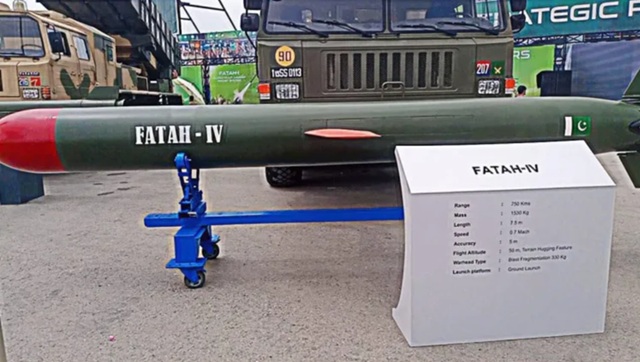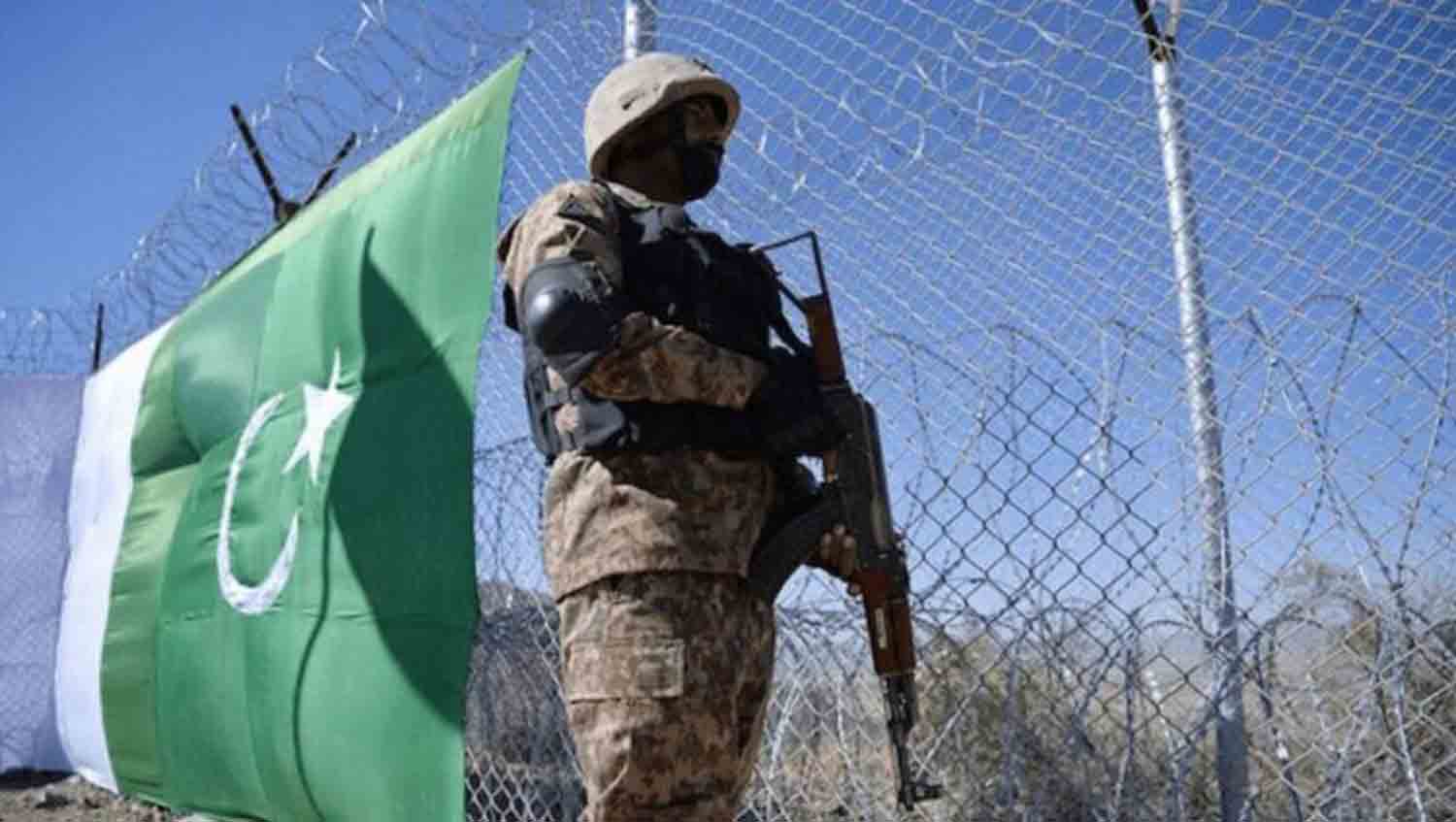The Trump-Putin summit on August 15, 2025, at Joint Base Elmendorf-Richardson in Anchorage, Alaska, was billed as a bold step toward resolving the Russia-Ukraine war. With fighter jets overhead, a red-carpet welcome, and the symbolic backdrop of a former Russian territory, the meeting captured global attention. Yet, nearly three hours of talks between U.S. President Donald Trump and Russian President Vladimir Putin yielded no ceasefire, no concrete agreements, and raised more questions than answers. This analysis dissects the strategic motivations, geopolitical implications, and underlying dynamics of the summit, exploring why it fell short of its lofty ambitions and what it reveals about the current state of U.S.-Russia relations, Ukraine’s precarious position, and the broader global order.
Strategic Motivations: A Game of Optics and Power
The summit was a calculated move for both leaders, each leveraging the event to advance distinct agendas. For Putin, the Anchorage meeting was a diplomatic coup. Since Russia’s 2022 invasion of Ukraine, Putin has faced Western isolation, compounded by an International Criminal Court arrest warrant. Being welcomed on U.S. soil with military honors and a private ride in Trump’s armored limousine, “the Beast,” was a propaganda victory. Russian state media hailed the summit as a “historic” return to the global stage, portraying Putin as a statesman capable of engaging the U.S. president directly. By securing this platform without conceding on Ukraine or softening demands—such as control over Donetsk, Luhansk, Zaporizhzhia, and Kherson—Putin reinforced his domestic image as a resolute leader while signaling to non-Western allies (e.g., China, India) that Russia remains a global player.
Trump’s motivations were equally strategic but rooted in domestic and international posturing. Campaigning on ending the Russia-Ukraine war “in 24 hours,” Trump used the summit to project himself as a dealmaker capable of succeeding where others failed. The choice of Alaska, a U.S. military base with historical ties to Russia, underscored American strength while nodding to bilateral history (Alaska’s 1867 purchase for $7.2 million). By hosting Putin, Trump aimed to differentiate himself from traditional Western leaders, whom he has criticized for escalating tensions with Russia. His dismissal of the 2016 election interference probe as a “hoax” alongside Putin and suggestions of a future Moscow meeting were designed to appeal to his base, which favors a less confrontational Russia policy. However, the absence of a tangible deal risked undermining his narrative, exposing the gap between his rhetoric and diplomatic reality.
Geopolitical Implications: A Fractured Transatlantic Alliance
The summit’s most significant geopolitical fallout was its impact on Ukraine and the transatlantic alliance. The exclusion of Ukrainian President Volodymyr Zelenskyy was a deliberate choice, reflecting Trump’s belief that direct U.S.-Russia talks could bypass Kyiv. This move alarmed Ukraine and European allies, who feared a deal imposing unfavorable terms, such as territorial concessions or neutrality pledges. Zelenskyy’s post-summit remarks underscored this concern: “The war continues, and it is precisely because there is neither an order nor a signal that Moscow is preparing to end this war.” His absence, coupled with Trump’s vague references to “land swaps,” suggested a willingness to prioritize U.S.-Russia dialogue over Ukraine’s sovereignty, a stance that could erode trust in U.S. leadership.
European leaders expressed skepticism about the summit’s prospects. Czech Foreign Minister Jan Lipavsky, for instance, questioned Putin’s commitment to peace, noting Russia’s continued attacks on Ukrainian civilian infrastructure during the talks. The lack of transparency—evidenced by a brief, 12-minute joint press conference with no questions—further fueled distrust. Analysts argue that Trump’s approach risks fracturing NATO unity, as European nations reliant on U.S. support for Ukraine’s defense question whether Washington will pressure Kyiv into a settlement that favors Russia. This dynamic plays into Putin’s broader strategy of exploiting divisions within the West, weakening the collective resolve that has sustained Ukraine’s resistance since 2022.
Tactical Maneuvering: Putin’s Stalling vs. Trump’s Urgency
The summit revealed a stark contrast in the leaders’ tactical approaches. Putin’s strategy was one of strategic patience. By emphasizing “root causes” of the conflict—such as NATO expansion and Ukraine’s Western alignment—he deflected pressure for immediate concessions while maintaining Russia’s battlefield momentum. Russian forces reportedly advanced in Donetsk during the talks, suggesting Putin used the summit to buy time, projecting openness to dialogue without altering his maximalist demands. His proposal for future talks in Moscow further indicates a desire to prolong negotiations, potentially weakening Western support for Ukraine as war fatigue grows.
Trump, conversely, appeared driven by urgency. His campaign promise to swiftly end the war created domestic pressure for a quick win. By hosting Putin early in his second term, Trump sought to deliver a high-profile diplomatic achievement. Yet, his failure to secure a ceasefire or even a preliminary framework exposed the limits of his approach. Trump’s threats of “severe consequences”—such as secondary sanctions on Russia’s oil buyers like China and India—were not acted upon, suggesting a reluctance to escalate economic pressure post-summit. His openness to territorial adjustments, while vague, hinted at a willingness to compromise in ways that could alienate Ukraine and its supporters. This mismatch in timelines—Putin’s long game versus Trump’s need for immediate results—underscored the summit’s stalemate.
Symbolic and Economic Subtexts: Alaska and Beyond
The choice of Alaska was laden with symbolic and economic significance. Beyond its historical Russian connection, Alaska’s Arctic location highlighted shared U.S.-Russia interests in a region holding 13% of global oil and 30% of natural gas reserves. Putin’s aides emphasized potential cooperation in Arctic development, trade, and space, suggesting a broader agenda to reset bilateral ties. For Trump, this aligned with his “America First” economic priorities, as Arctic resources could bolster U.S. energy dominance. However, these discussions remained aspirational, overshadowed by the immediate failure to address the Ukraine crisis.
The summit’s optics—red carpets, fighter jet flyovers, and the “Pursuing Peace” slogan—were designed to project progress but masked underlying tensions. Putin’s arrival in a Russian-made Aurus limousine and the leaders’ private ride in “the Beast” were choreographed to convey equality and personal rapport. Yet, these gestures did little to bridge substantive divides, as Putin’s insistence on addressing NATO’s role and Trump’s focus on a quick ceasefire remained irreconcilable.
Public and Expert Sentiment: A Polarized Reception
Public and expert reactions to the summit reflect deep polarization. A Pew Research Center survey conducted prior to the summit indicated that 59% of Americans lacked confidence in Trump’s Russia policy, with 33% believing he favored Russia excessively. On X, opinions were sharply divided: some users hailed Trump’s initiative as a “power move” to end the war, while others decried it as a “symbolic humiliation” for Ukraine, given Zelenskyy’s exclusion. Expert analyses, such as those in The Independent, leaned critical, with one pundit asserting, “Putin clearly won,” citing his diplomatic gains without concessions. Others noted that Trump’s domestic audience might view the summit favorably as a bold departure from establishment policies, even if it yielded no results.
Long-Term Outlook: A Path to Moscow or a Dead End?
The summit’s lack of concrete outcomes raises questions about its place in the broader trajectory of U.S.-Russia relations. Putin’s suggestion of a follow-up meeting in Moscow signals an intent to sustain dialogue, potentially on his terms. For Trump, the absence of a deal risks domestic and international criticism, particularly if Ukraine faces pressure to accept unfavorable terms. The exclusion of Zelenskyy and NATO allies underscores the need for their inclusion in future talks to ensure legitimacy and alignment with Western interests.
Analysts suggest Putin will continue leveraging diplomacy to stall while pursuing military gains, exploiting Trump’s desire for a legacy-defining deal. Trump, in turn, faces a delicate balancing act: maintaining his “peace president” image without alienating allies or conceding too much to Russia. The summit’s failure to deliver immediate results highlights the complexity of resolving a war rooted in irreconcilable visions of European security. Without Ukraine’s active participation and a clear U.S. strategy to counter Putin’s intransigence, the Alaska summit may be remembered as a diplomatic spectacle rather than a turning point.
Conclusion
The Trump-Putin summit in Alaska was a high-stakes gamble that delivered symbolic wins but no substantive progress. Putin emerged with enhanced legitimacy and no concessions, while Trump’s dealmaker image took a hit amid a lack of tangible outcomes. The exclusion of Ukraine and vague talk of “land swaps” strained transatlantic trust, while Putin’s stalling tactics highlighted his strategic advantage.
As the Russia-Ukraine war continues, the summit underscores the challenges of reconciling personal diplomacy with geopolitical realities. Whether it paves the way for further talks or remains a footnote in U.S.-Russia relations depends on Trump’s next moves and whether Ukraine’s voice is finally heard.
Discover more from Defence Talks | Defense News Hub, Military Updates, Security Insights
Subscribe to get the latest posts sent to your email.





